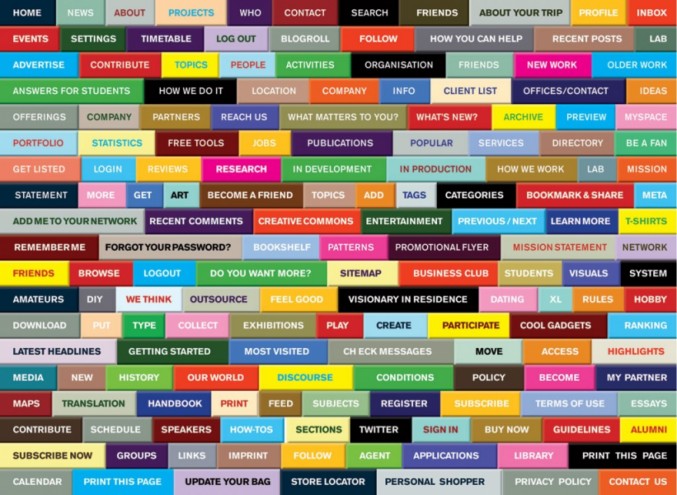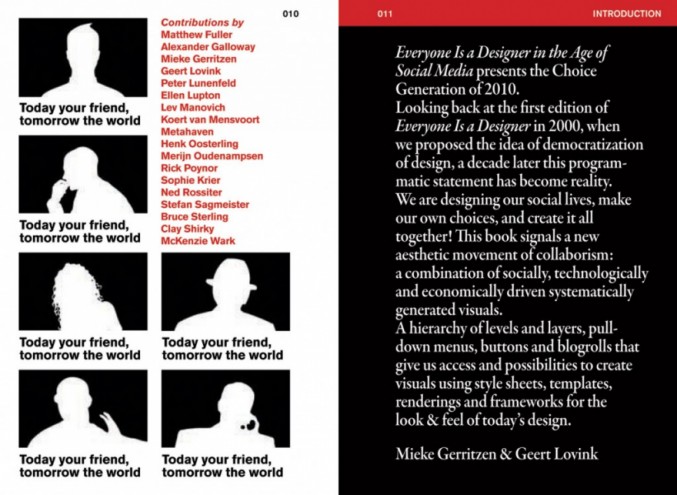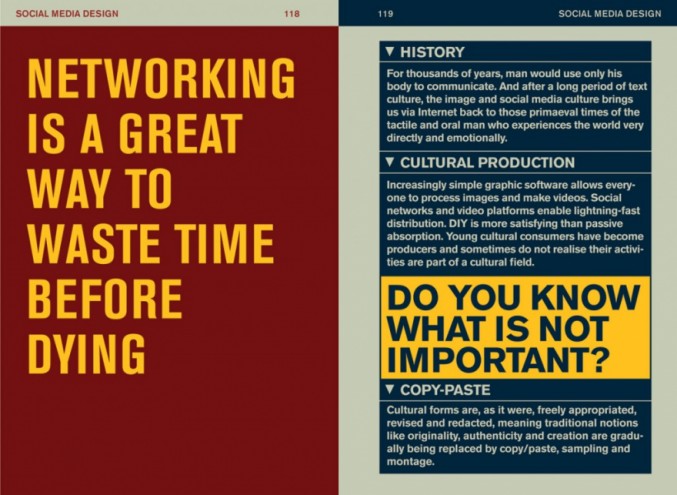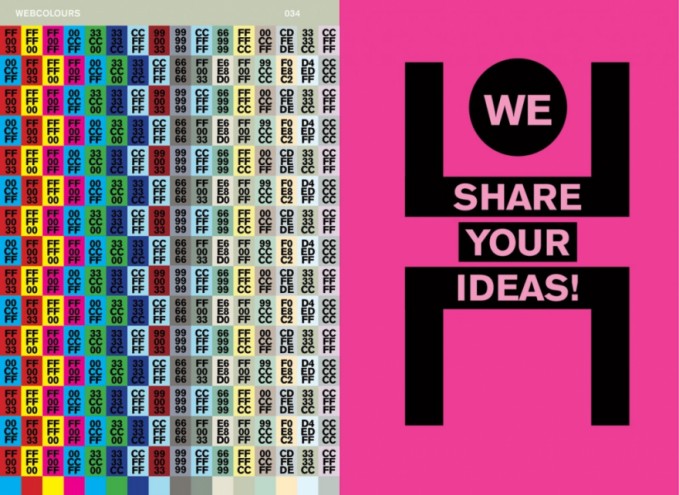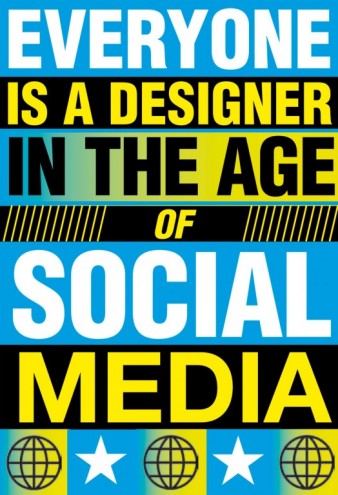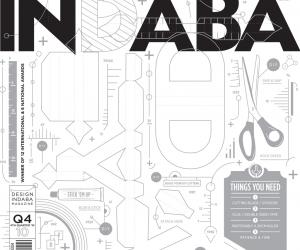First Published in
So everybody is a designer in the age of social media. Or so the book Everyone is a Designer in the Age of Social Media by BIS Publishers says. And how are “real” designers supposed to feel about this claim?
The book doesn’t care much for the feelings of so-called real designers but it does boldly highlight that the statement title of this little book is, in fact, true in some ways.
Various forms of technology have allowed this democratisation of design, to the point where we are even able to design our own social lives. The book is a fun, sometimes tongue-in-cheek, look at this aesthetic collaboration and the ways in which it manifests on both playful and professional platforms.
Everyone is a Designer is a comprehensive guide, offering views on design topics from design as the new science to the definition of a “creative worker”, the merits of open source and the question of whether form really follows format. The layout and design of the book is a sure talking point for designers, and quotes from well and lesser-known designers add further colour to the conversation. Perhaps the useful message that Everyone is a Designer conveys is: “Communication aesthetics are in a constant temporary state: Design has become a dynamic and unstable area.”
So everybody is a designer in the age of social media. Or so the book Everyone is a Designer in the Age of Social Media by BIS Publishers says. And how are “real” designers supposed to feel about this claim?
The book doesn’t care much for the feelings of so-called real designers but it does boldly highlight that the statement title of this little book is, in fact, true in some ways.
Various forms of technology have allowed this democratisation of design, to the point where we are even able to design our own social lives. The book is a fun, sometimes tongue-in-cheek, look at this aesthetic collaboration and the ways in which it manifests on both playful and professional platforms.
Everyone is a Designer is a comprehensive guide, offering views on design topics from design as the new science to the definition of a “creative worker”, the merits of open source and the question of whether form really follows format. The layout and design of the book is a sure talking point for designers, and quotes from well and lesser-known designers add further colour to the conversation. Perhaps the useful message that Everyone is a Designer conveys is: “Communication aesthetics are in a constant temporary state: Design has become a dynamic and unstable area.”

